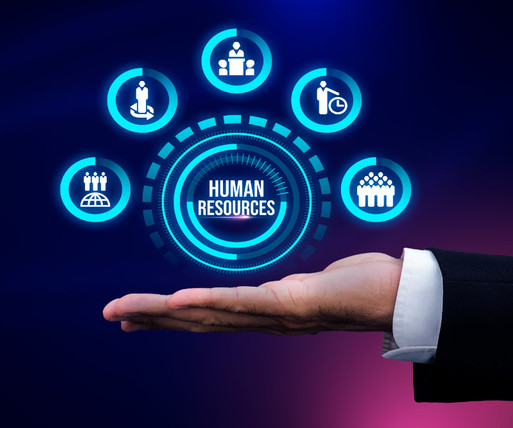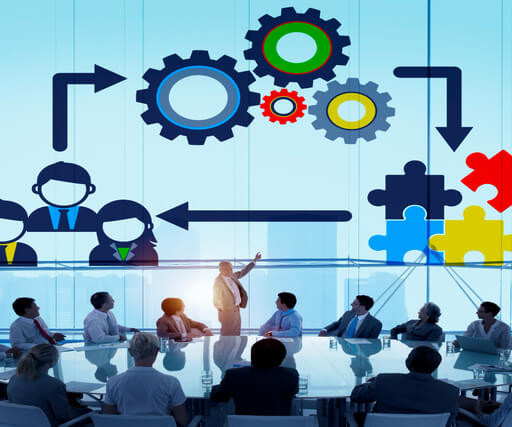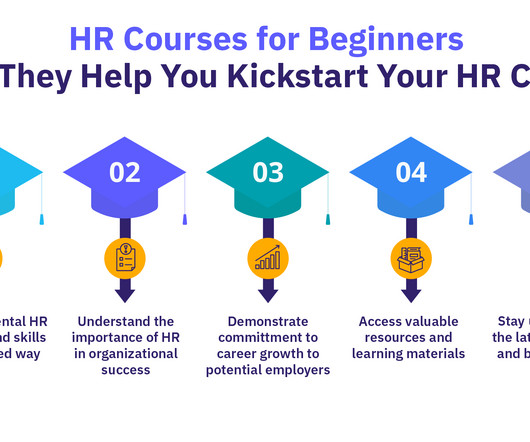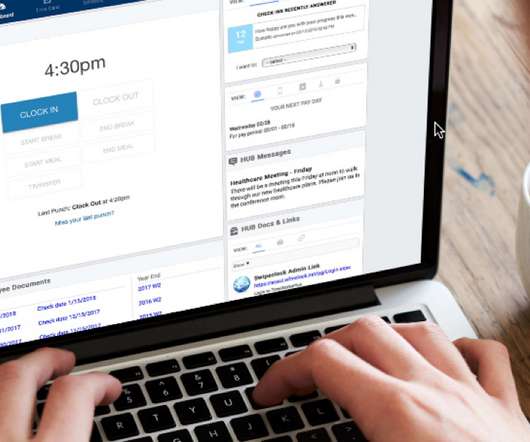The Top 5 Employee Engagement Challenges That Government Agencies Face
Cornerstone On Demand
APRIL 26, 2018
As a result, 71 percent of local and state government workers are not engaged in their jobs, according to a Gallup poll. Leaders need to be thinking on a daily basis how they can create and sustain a culture where employees can flourish, where they can have the tools and resources they need, and innovation and creativity are rewarded."



































Let's personalize your content